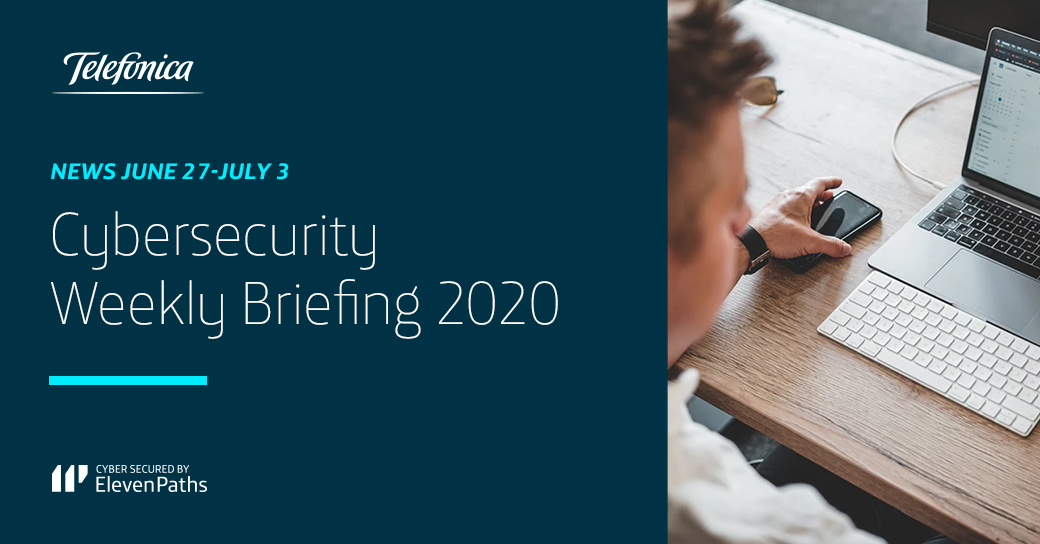Welcome to ElevenPaths Radio English! We proudly introduce our podcast about cybersecurity news presented by our Chief Security Ambassadors, now also in English.
If we put ourselves in the shoes of a CEO, on whom today depends the protection of the data that the company keeps for its customers, it is critical to have an effective information security plan. But how do they do it? Is it a matter of hiring professionals who really know the subject, but what skills should a cybersecurity professional have today?
In this first episode, our CSA Deepak Daswani discusses what a true cybersecurity professional must have to be valuable to companies. In addition, he covers the main areas of knowledge in cybersecurity, such as ethical hacking, pentesting, auditing, incident response, forensic analysis or malware analysis.
Press play and enjoy this episode!















